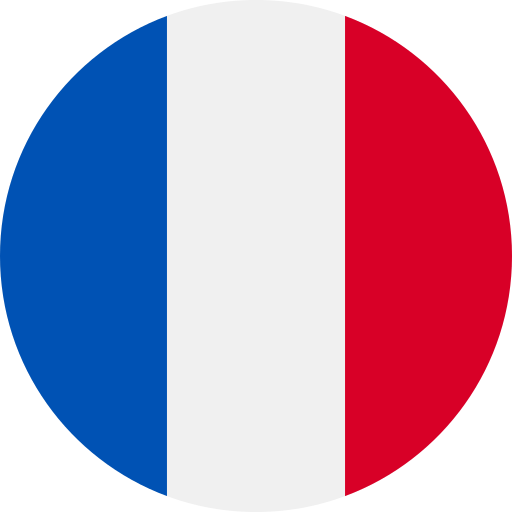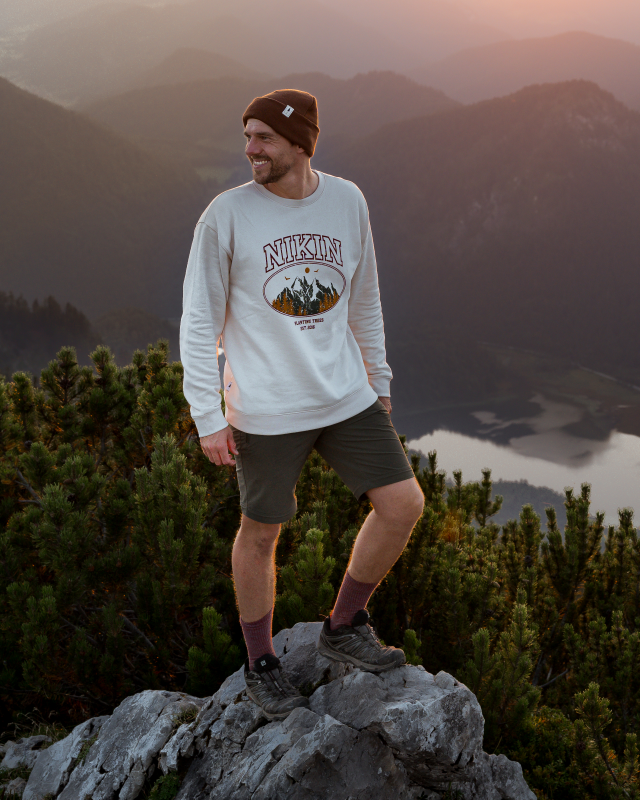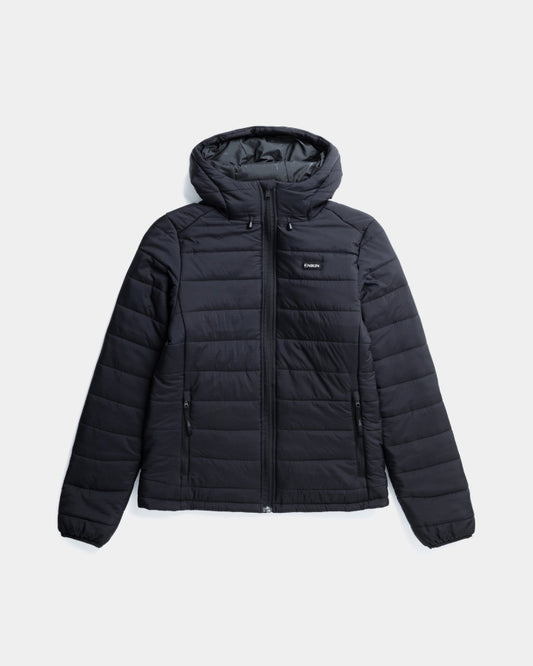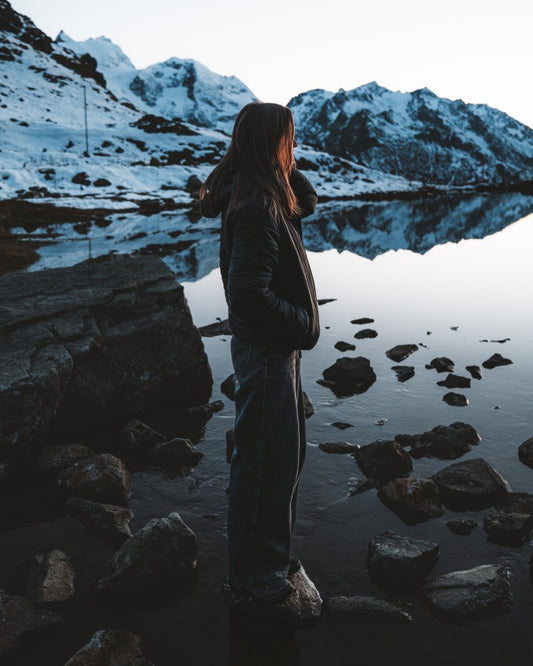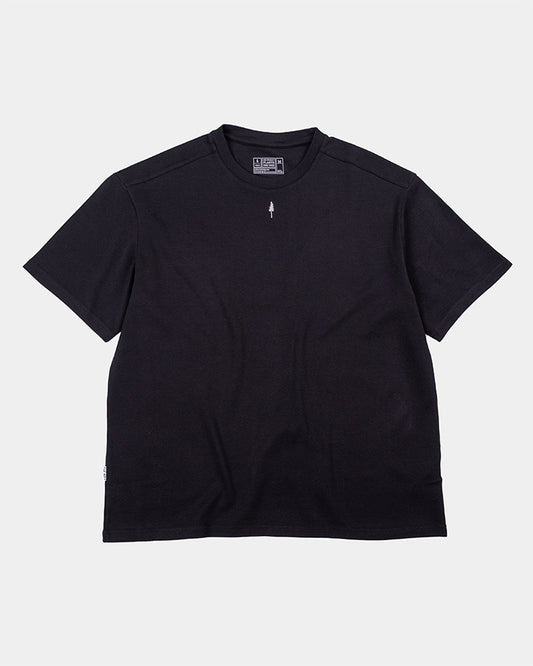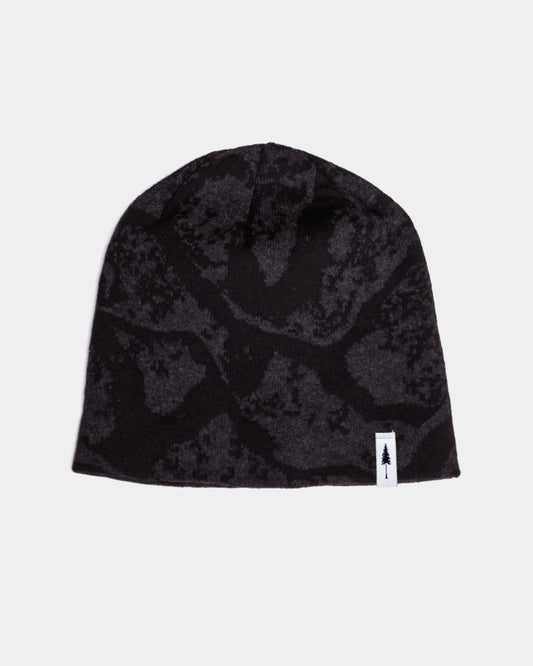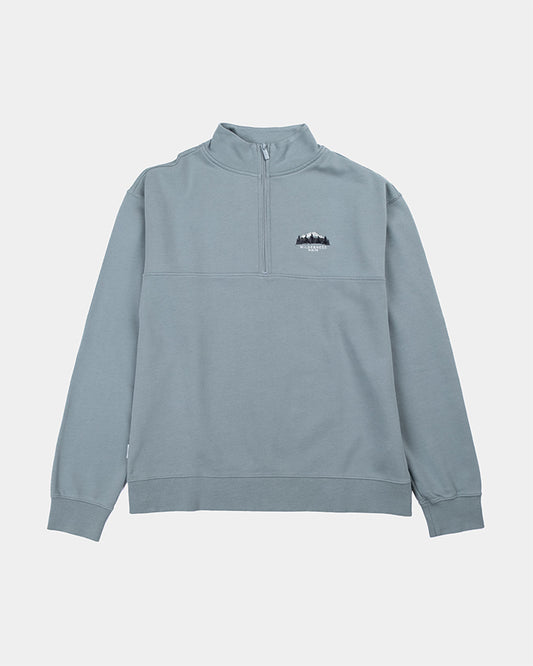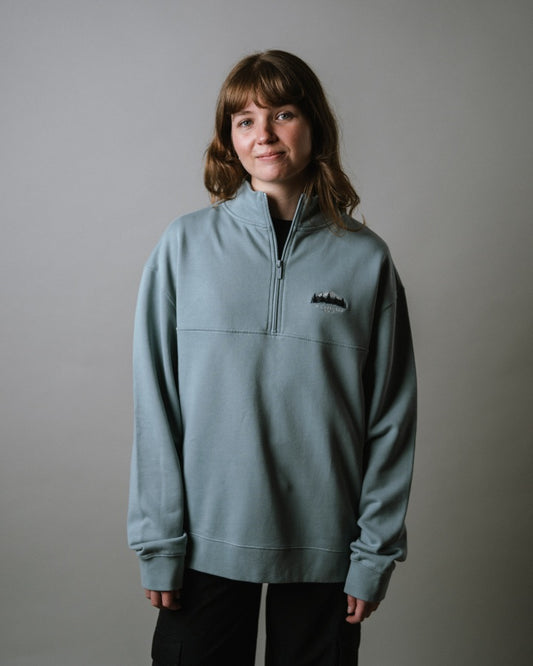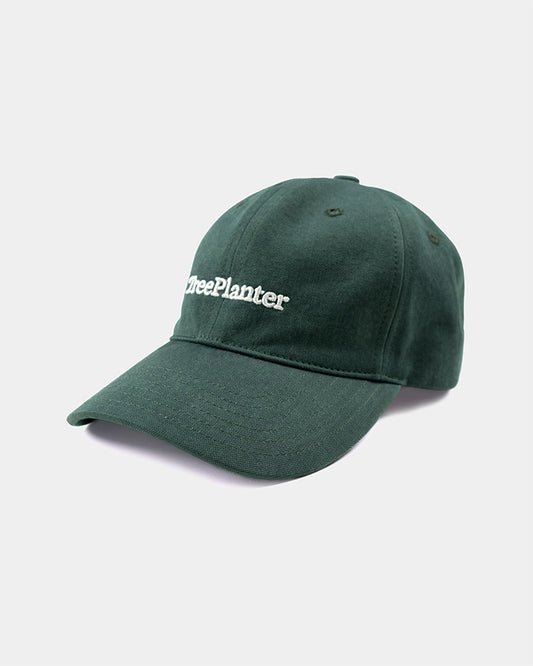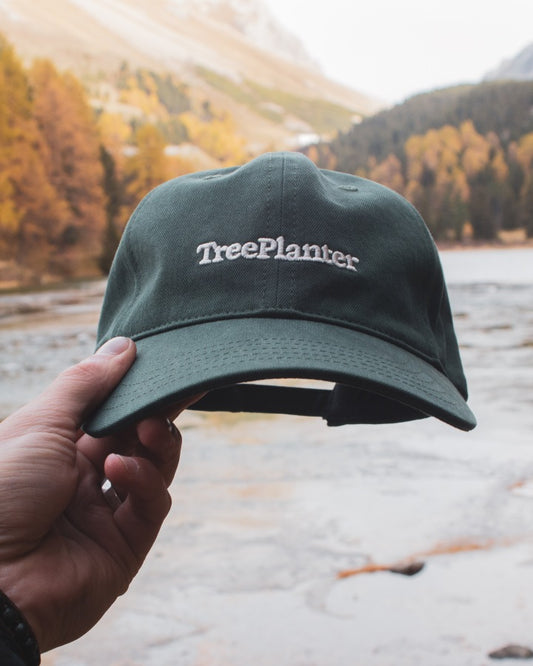The cold season is here—and while the leaves of deciduous trees are turning yellow and red, conifers remain green. But what do we actually know about these evergreen giants? In this blog, we tell you more about the most beautiful native conifers in Switzerland.
In winter, the mostly evergreen conifers (so called because they bear cones) are often the only greenery visible beneath the snow. It is probably because of this liveliness in the cold season that the Christmas tree is a conifer. But which conifers are really at home here and where do they thrive best? Find out more about our native Swiss conifers now!
PS: If you feel like planting trees yourself and giving something back to the forest, register now for the NIKIN on November 30!

Which native conifers are truly "Swiss"?
The diversity of Swiss conifers is not entirely due to nature. Many species died out during the last ice age and are now being reintroduced because of their decorative appearance, such as the sequoia. Others were never found on the old continent and are true exotics as "immigrants," such as the Chilean araucaria. The native Swiss conifers among the 500 million trees in the Alpine republic are therefore presented here.

Fir (Abies)
There are over 40 known species of fir trees worldwide, with the silver fir or Abies alba being the most common in Switzerland. This conifer, which also NIKIN the NIKIN logo, can be easily distinguished from the spruce – just take a look at the cones. On the fir tree, they stand upright on the branch, while on the spruce they hang down. The softness of the needles is also much more pronounced. The silver fir, which prefers warmer climates, is found in the Alpine foothills, the Jura, and the Swiss Plateau, and to some extent also in Valais. Since the Tree depends Tree a good water supply and not too extreme cold temperatures, it thrives best at altitudes between 800 and 1000 meters above sea level.

Spruce (Picea abies)
The spruce is the dominant species among European conifers. It predominates in lower-lying regions in particular. Further up the slopes, spruce trees in subalpine regions have been heavily logged and replaced by regrowing larch trees. In Switzerland, spruce trees are found throughout the country, including on the southern side of the Alps. Although the Tree looks very similar Tree at first glance, a touch of the branches is enough to tell the difference: spruce needles are extremely hard and prick the skin unpleasantly. The cones hang down, unlike fir cones.

Swiss pine (Pinus cembra)
The pine tree, also known as Swiss stone pine, thrives on acidic soils as well as at high altitudes – the Tree can be found at over 2,500 meters above sea level and is easily recognizable by its characteristic long needles. The needles are grouped in clusters on the branches and give pine trees their distinctive appearance. The population in Switzerland has suffered greatly over the centuries because the wood is a sought-after material.
[ product-handles list="treebottle-glass-allover-pines, treesocks-standard-single, folded-polylana-r-ripped1, unisex, treeglasses-round"]
Larch (Larix decidua)
Larch trees are among the few conifers whose needles change color in autumn and are eventually shed. This makes larch forests on mountain slopes an impressive sight in October. The larch is a relatively undemanding Tree that thrives at all altitudes – the most important requirement is plenty of light. This is why larch trees are spreading wherever other trees are being cut down, with their numbers in Switzerland increasing twentyfold in recent years.

Yew (Taxus baccata)
The yew owes its Latin name to the suitability of its wood for making bows and crossbows – a fact that is also responsible for the sharp decline in its population. Thanks to a reversal in thinking, the Tree is Tree being promoted again, and in domestic gardens it is popular as a shrub, for example for hedges, because of its shiny green needles and bright fruits. Yews do not secrete resin, and handling the wood does not stain clothing, but virtually all parts of the tree are highly toxic. They contain the highly poisonous taxine, which is lethal even in the smallest doses. Only the flesh of the decorative red berries is non-toxic.

Juniper (Juniperus)
Under favorable conditions, juniper bushes can also thrive as low to medium-sized trees, similar to yew trees. Juniper thrives worldwide, but finds it difficult to compete with other plants. It is therefore mainly found in dry, rocky areas and heathlands. The berry-shaped cones take three years to fully ripen and eventually turn bluish in color – they are valued both as a spice and in the production of spirits.

While we're on the subject of trees: learn more about ourTreePlanting commitment here. You might also find TreeTracker interesting. If you've already placed an order with us, you can use your order number to see where your Tree has been Tree .



